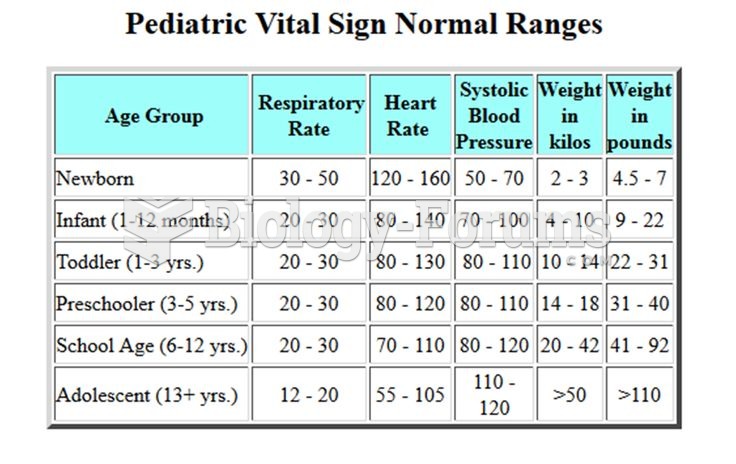Answer to Question 1
B
Feedback
A Incorrect: A number of bruises in various stages of healing is a red flag indicator for abuse. So the best action to be suspicious of the parent's explanation.
B Correct: Physical abuse indicators include bruises in various stages of healing. The color of the bruises helps determine if the injury occurred as a single episode or over a period of time. Bruises resulting from physical abuse will be various colors, from reddish blue or purple to yellow, brown and fading. To avoid errors in diagnosis, children who present with multiple bruises that do not reflect the use of an object should be reported to child and family services. Screening tests of bleeding and clotting should be ordered to evaluate for a bleeding disorder.
C Incorrect: A number of bruises in various stages of healing is a red flag indicator for abuse. So checking with the other parent or another caregiver to see what he or she might be able to add to this history is not the best action.
D Incorrect: This is an inappropriate action. It is important to establish a trusting relationship with the parent so a supportive, nonblaming approach is best.
Answer to Question 2
B
Feedback
A Incorrect. Answering a question from a caregiver about the earliest age at which children can get an STD, the best answer by the nurse would not be to say that children are usually not sexually active until they are 12 or older today.
B Correct. Answering a question from a caregiver about the earliest age at which children can get an STD, the best answer by the nurse would be to say that children can acquire an STD in utero, in the birth canal, or at a very young age, which can suggest the possibility of sexual abuse.
C Incorrect. Answering a question from a caregiver about the earliest age at which children can get an STD, the best answer by the nurse would not be to say that children can acquire an STD about 2 years before the advent of puberty.
D Incorrect. Answering a question from a caregiver about the earliest age at which children can get an STD, the best answer by the nurse would not be to say that children can acquire an STD anytime after birth, although it is rare for a child to have an STD before the age of 11.







